The leg press is a staple exercise in lower body training, offering a versatile way to build strength and muscle in the legs. Among its many variations, the wide stance leg press (also referred to as the wide leg press, wide foot leg press, or high wide leg press) stands out as an effective way to target specific muscle groups while accommodating different body mechanics. This article explores the benefits of the wide stance leg press, the muscles worked, and how it compares to other variations like the high stance leg press and V stance leg press.
What is a Wide Stance Leg Press?
The wide stance leg press involves positioning your feet wider than shoulder-width apart on the leg press platform. This variation shifts the emphasis to different muscle groups compared to a standard or narrow stance. It is sometimes called the wide feet leg press or high and wide leg press when the feet are also placed higher on the platform. This positioning alters the biomechanics of the movement, making it a valuable addition to any leg day routine.
Muscles Worked in the Wide Stance Leg Press
The wide stance leg press muscles worked primarily include the inner thighs, glutes, and hamstrings, with secondary engagement of the quadriceps. Here’s a breakdown of the key muscle groups targeted:
-
Glutes: The wider foot placement increases hip abduction, placing greater emphasis on the gluteus maximus and medius.
-
Inner Thighs (Adductors): The wide stance actively engages the adductor muscles, which are often underworked in traditional leg press variations.
-
Hamstrings: The higher foot placement in a high wide leg press further recruits the hamstrings, making it a more balanced lower-body exercise.
-
Quadriceps: While the quads are still involved, they play a secondary role compared to a standard or narrow stance leg press.
This makes the wide foot leg press an excellent choice for those looking to build stronger glutes and inner thighs while maintaining overall leg development.
Benefits of the Wide Stance Leg Press
-
Targeted Muscle Activation: The wide leg press allows for greater activation of the glutes and adductors, which are often neglected in traditional leg exercises.
-
Reduced Knee Strain: The wider stance can reduce stress on the knees, making it a safer option for individuals with knee issues.
-
Improved Hip Mobility: The movement encourages a greater range of motion in the hips, which can enhance flexibility and mobility over time.
-
Variety in Training: Incorporating a high and wide leg press or V stance leg press can break plateaus and keep your workouts challenging.
Wide Stance vs. High Stance Leg Press
While the wide stance leg press focuses on the glutes and inner thighs, the high stance leg press (feet placed higher on the platform) shifts more emphasis to the hamstrings and glutes. Combining these two variations—high wide leg press—can provide a comprehensive lower-body workout, targeting all major muscle groups in the legs.
How to Perform the Wide Stance Leg Press
-
Sit on the leg press machine and place your feet on the platform in a wide stance, wider than shoulder-width apart.
-
Position your feet higher on the platform for a high wide leg press to engage more hamstrings and glutes.
-
Lower the platform by bending your knees until they form a 90-degree angle, ensuring your knees track over your toes.
-
Press through your heels to return to the starting position, focusing on engaging your glutes and inner thighs.
Incorporating the Wide Stance Leg Press into Your Routine
To maximize the benefits of the wide stance leg press, consider alternating it with other variations like the high stance leg press or V stance leg press. This approach ensures balanced muscle development and prevents overuse injuries. Aim for 3-4 sets of 8-12 reps, gradually increasing weight as you build strength.
Conclusion
The wide stance leg press is a highly effective exercise for targeting the glutes, inner thighs, and hamstrings. Whether you refer to it as the wide leg press, wide foot leg press, or high and wide leg press, this variation offers unique benefits that complement traditional leg press movements. By incorporating the wide stance leg press muscles worked into your routine, you can achieve a stronger, more balanced lower body while reducing strain on your knees. Experiment with different foot placements, such as the V stance leg press or high stance leg press, to keep your workouts dynamic and effective.

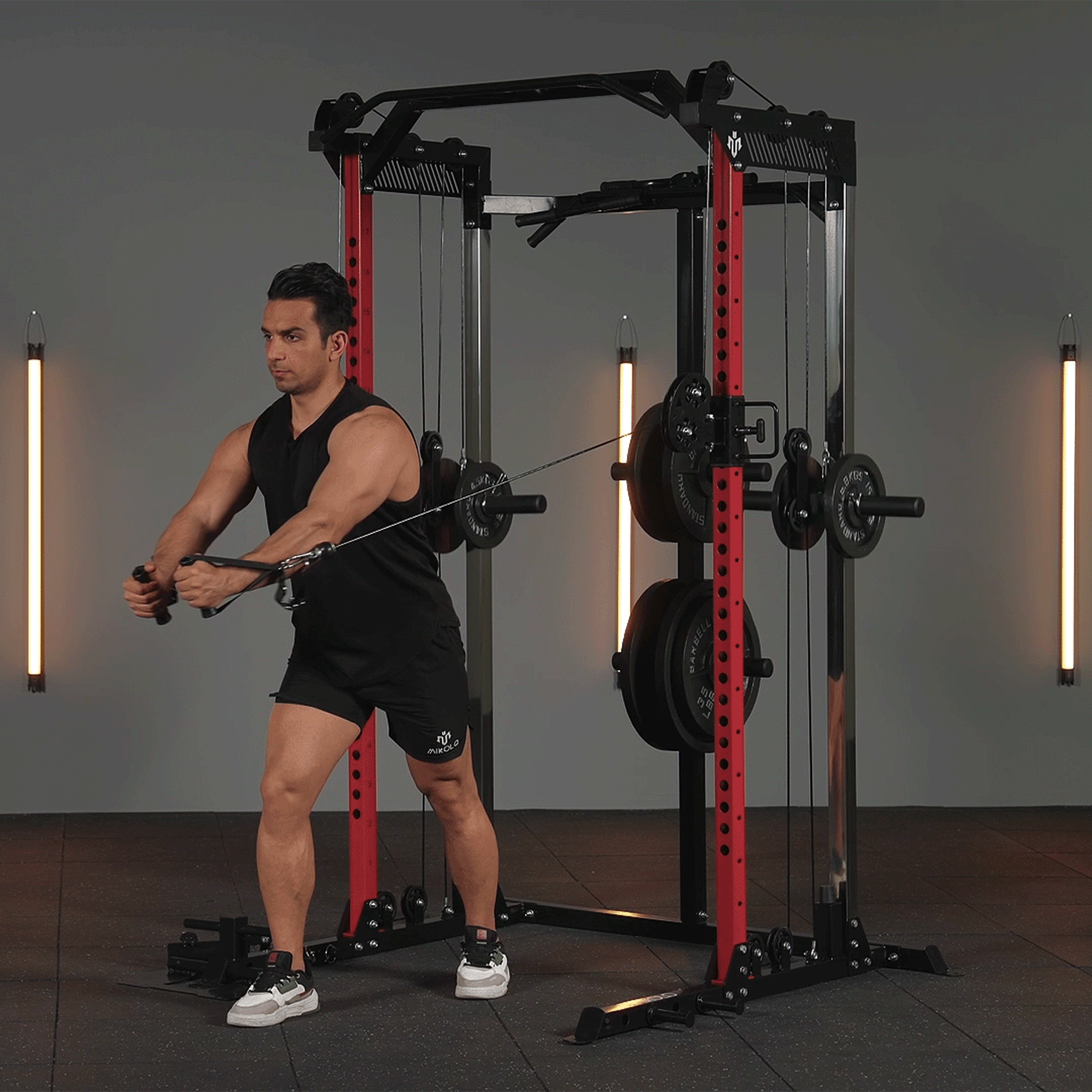




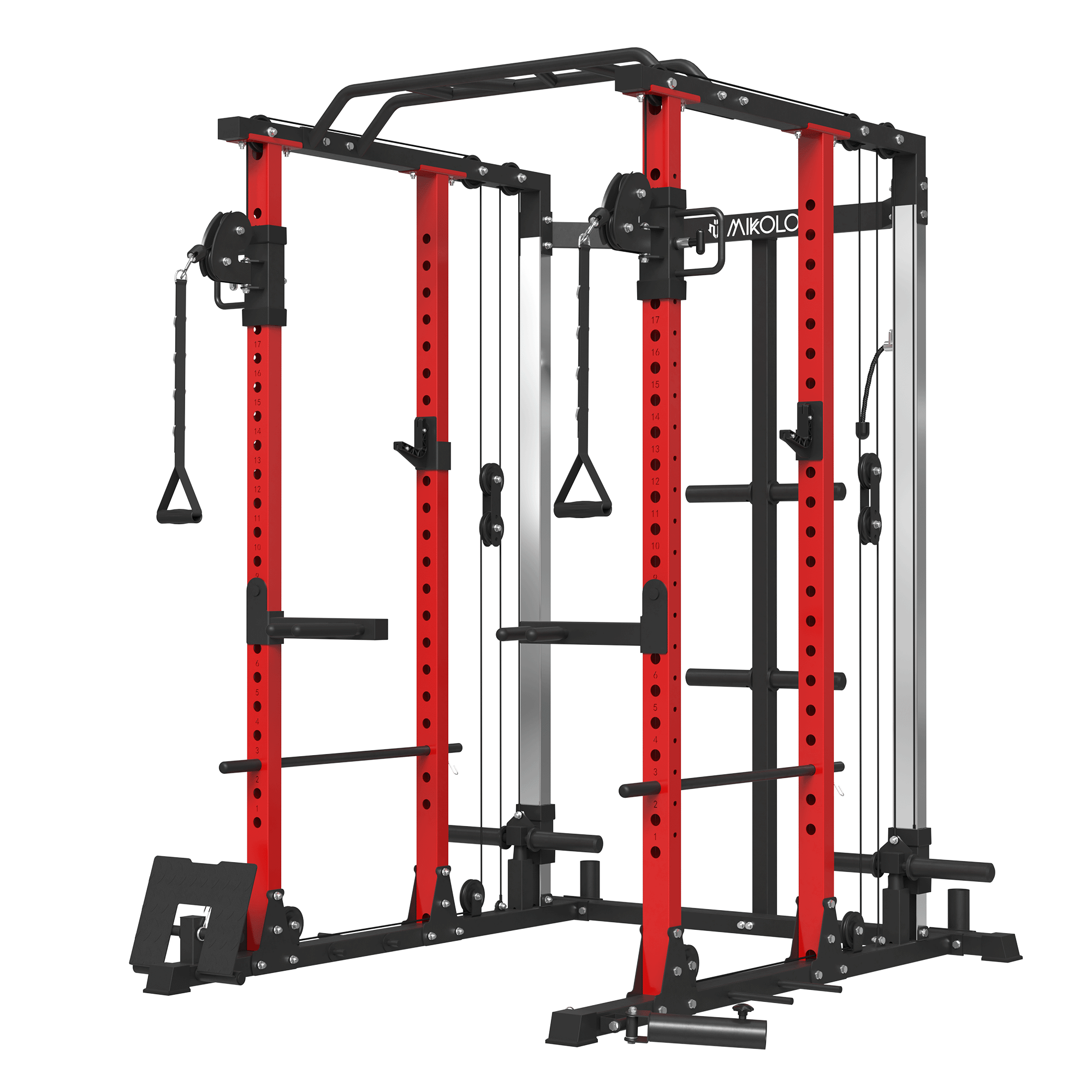



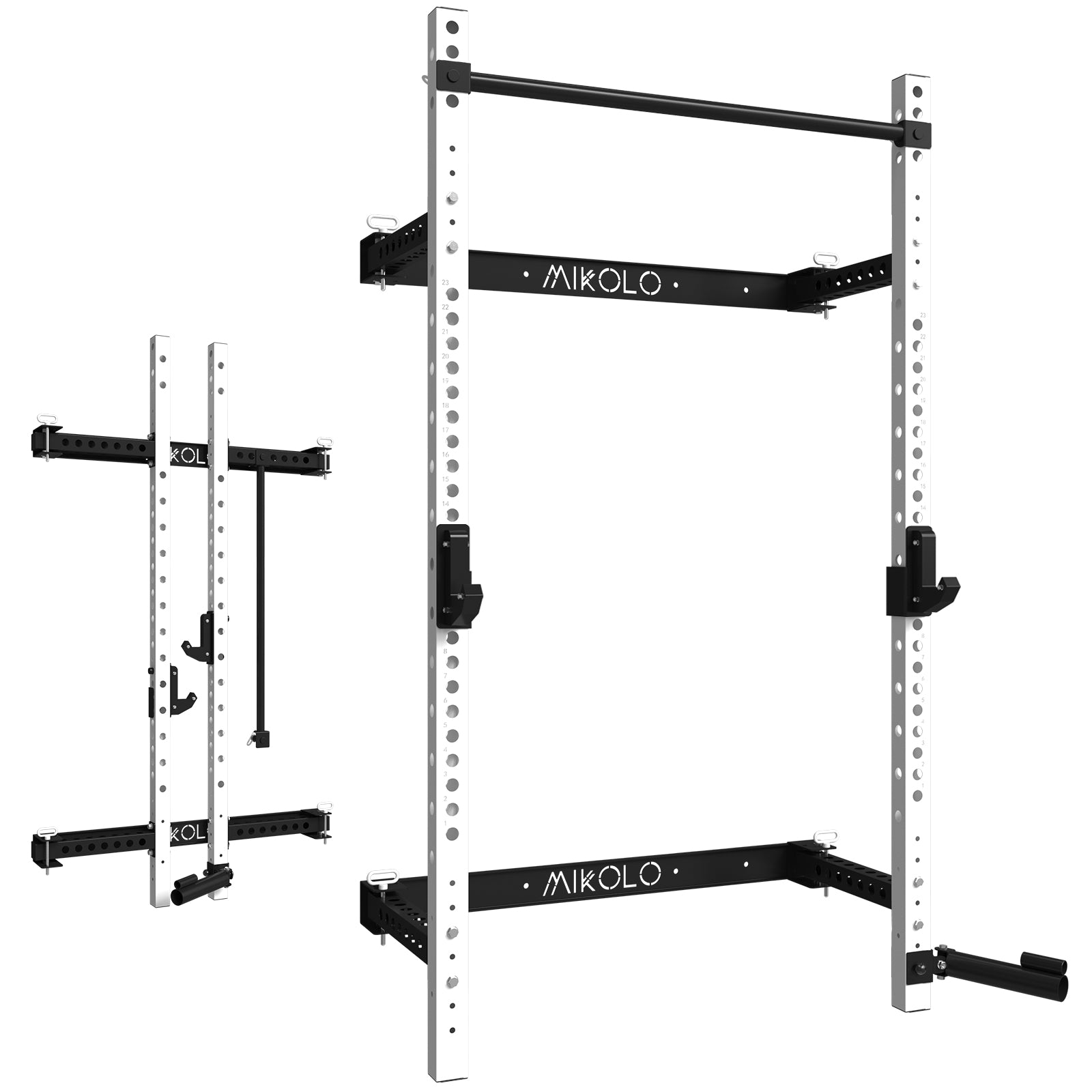
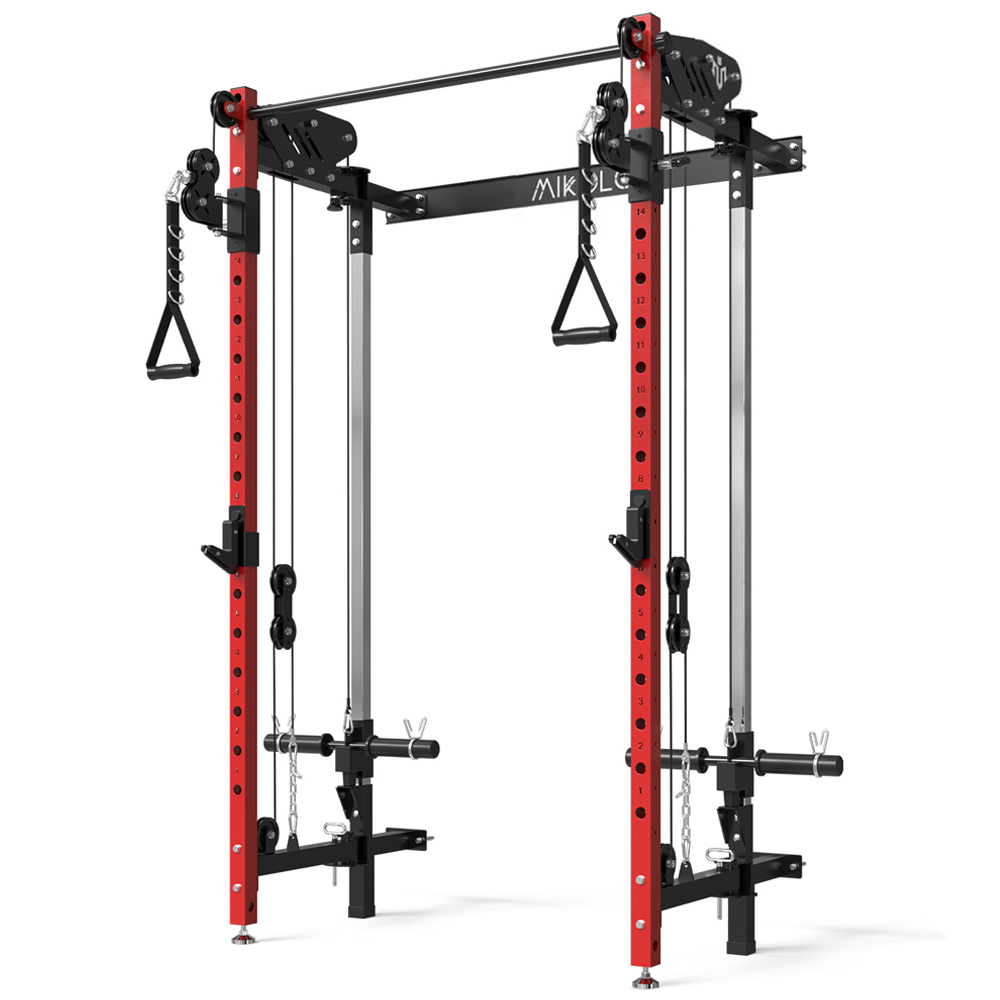
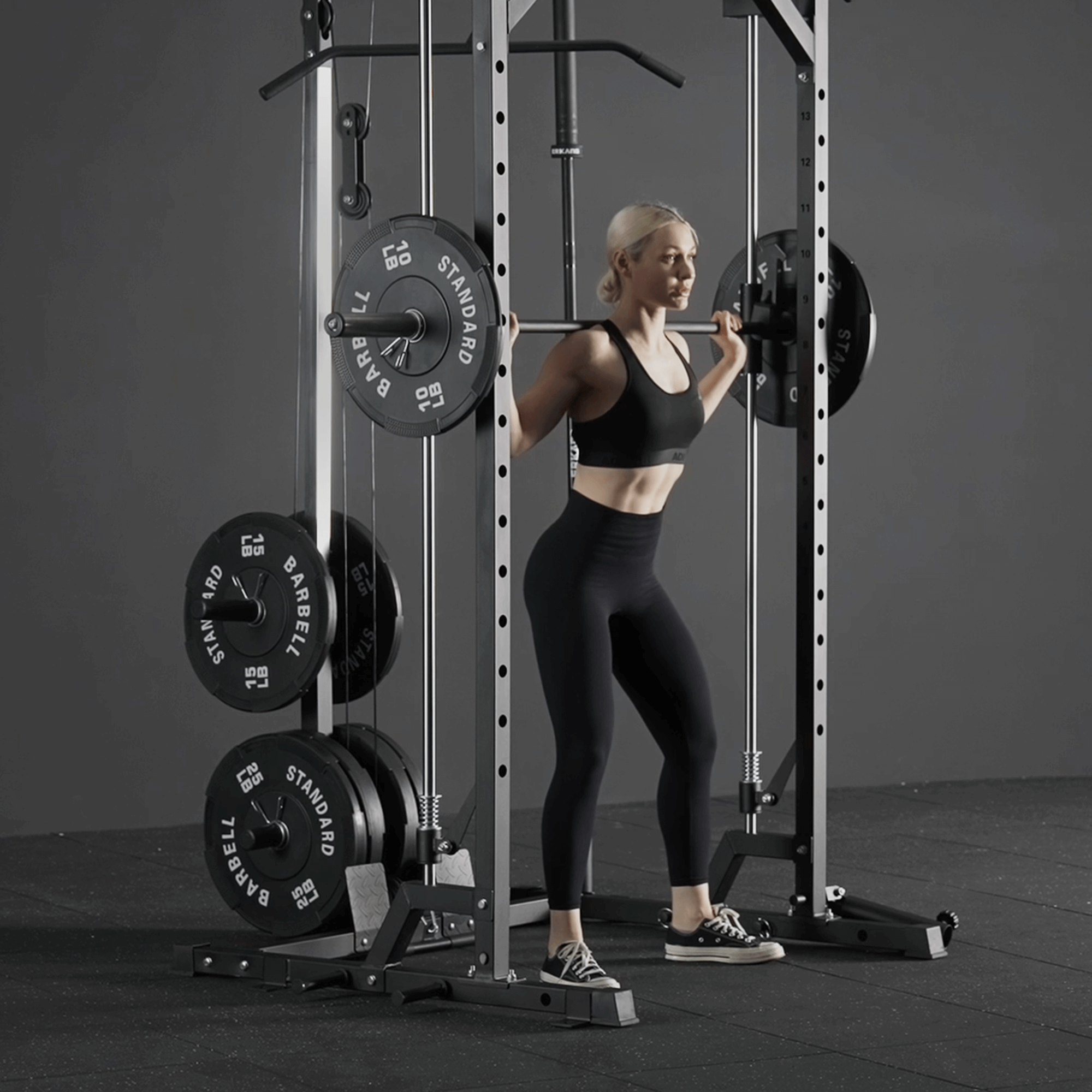





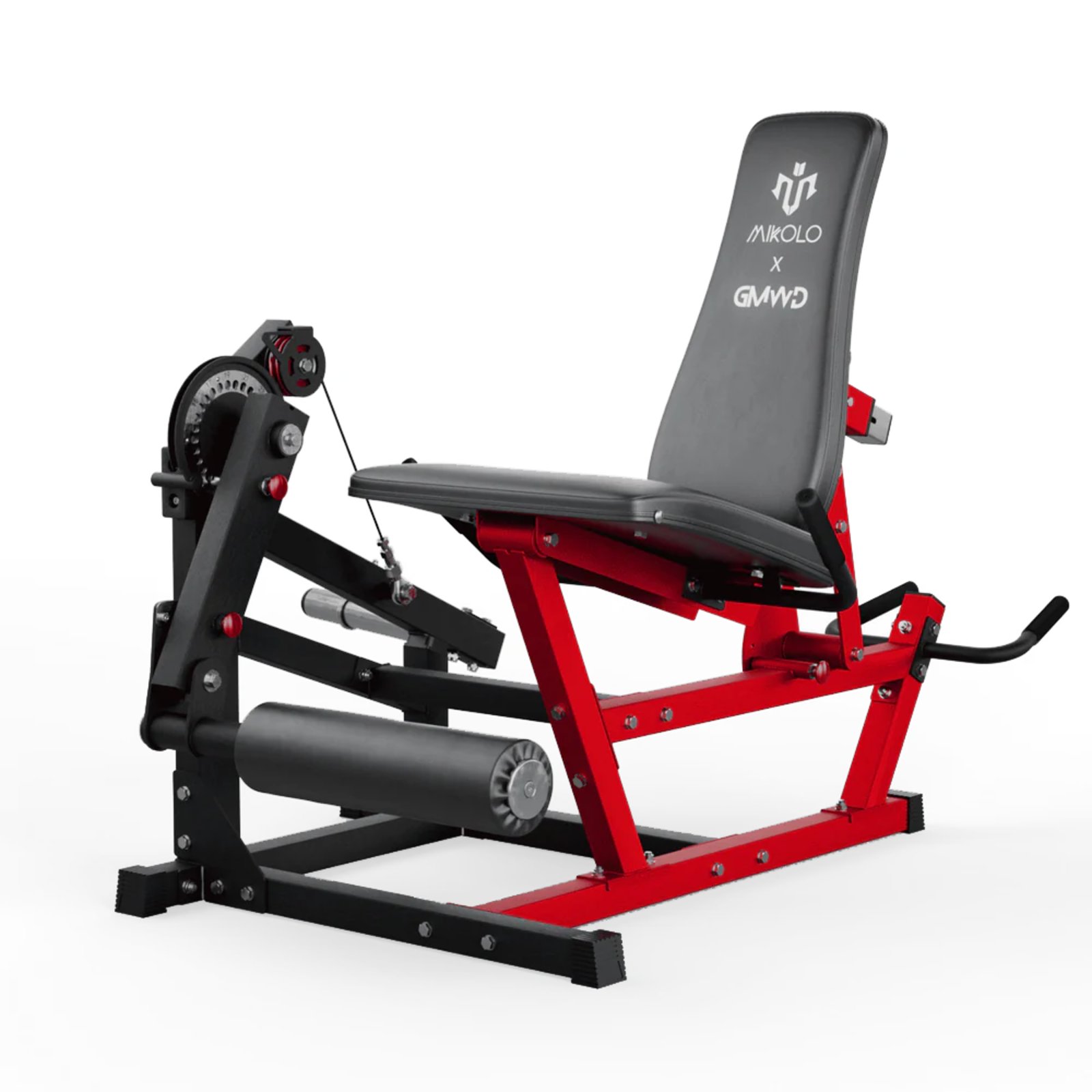
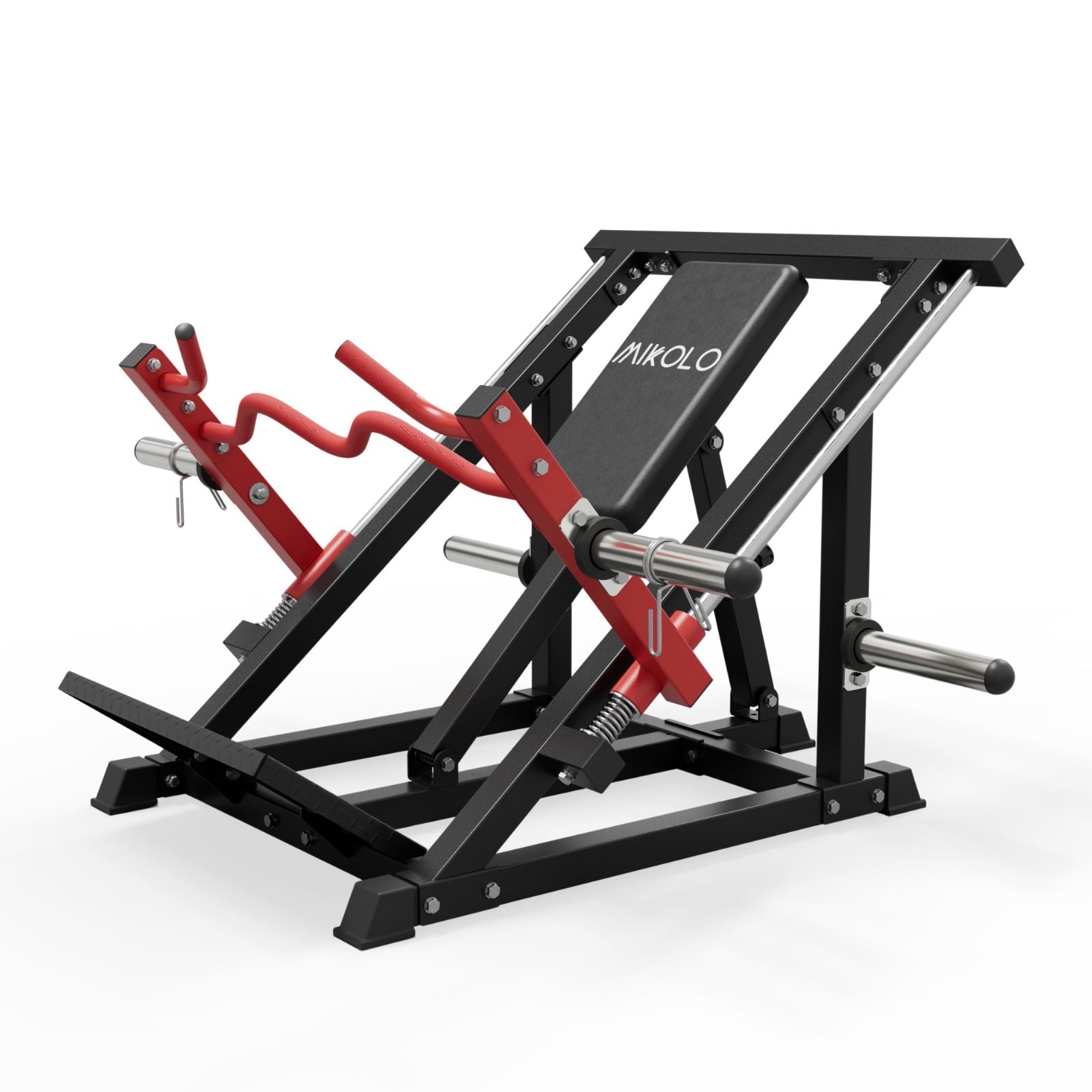
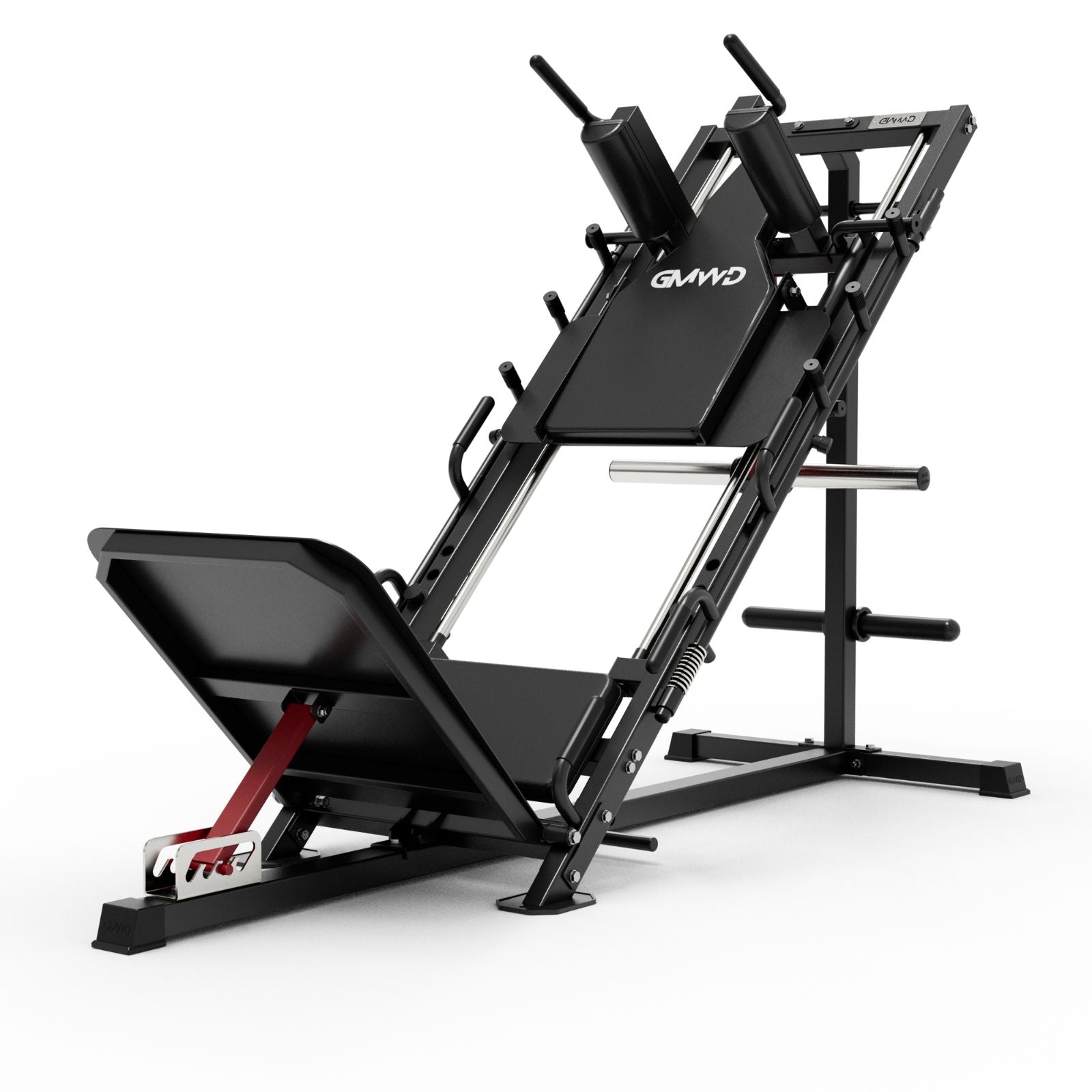
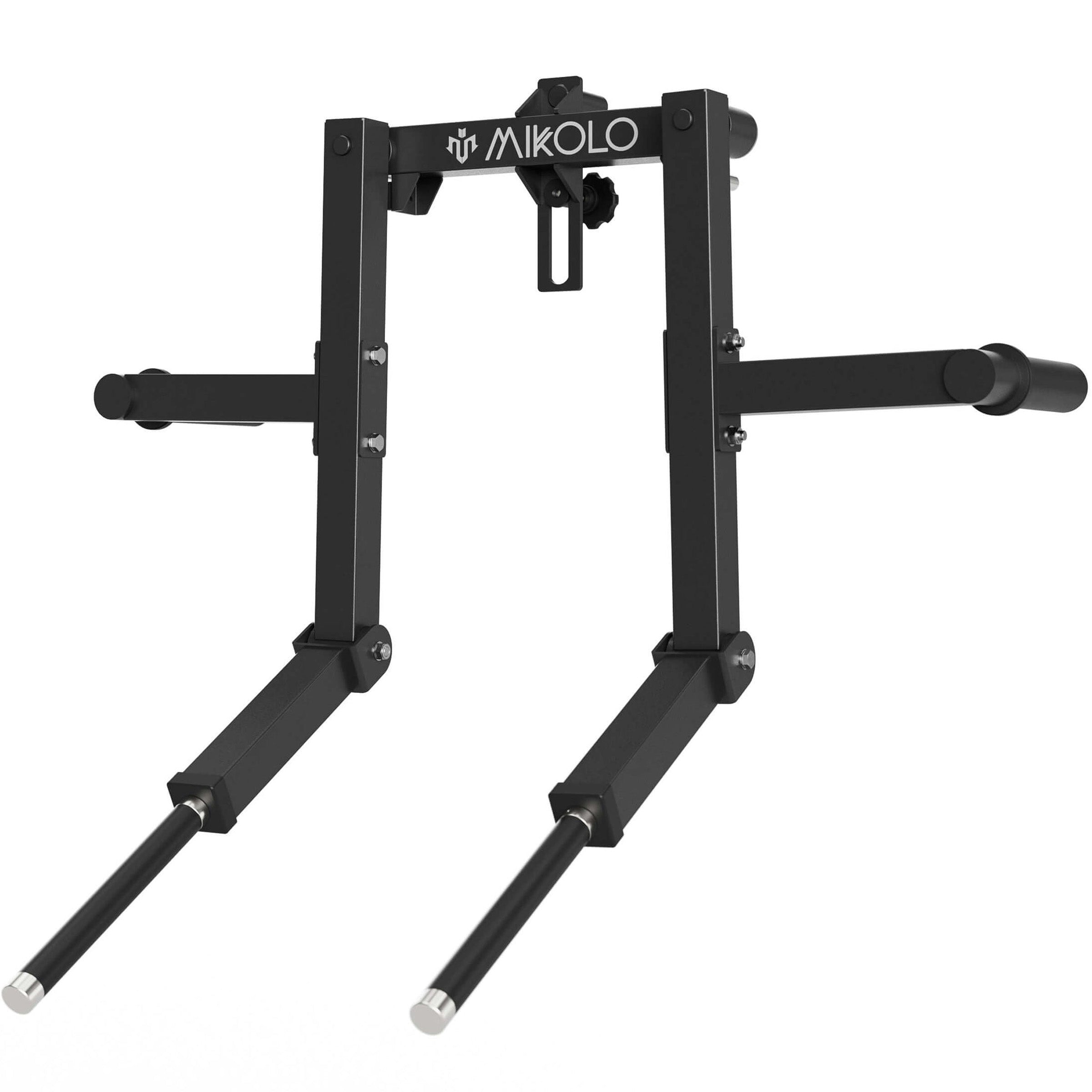
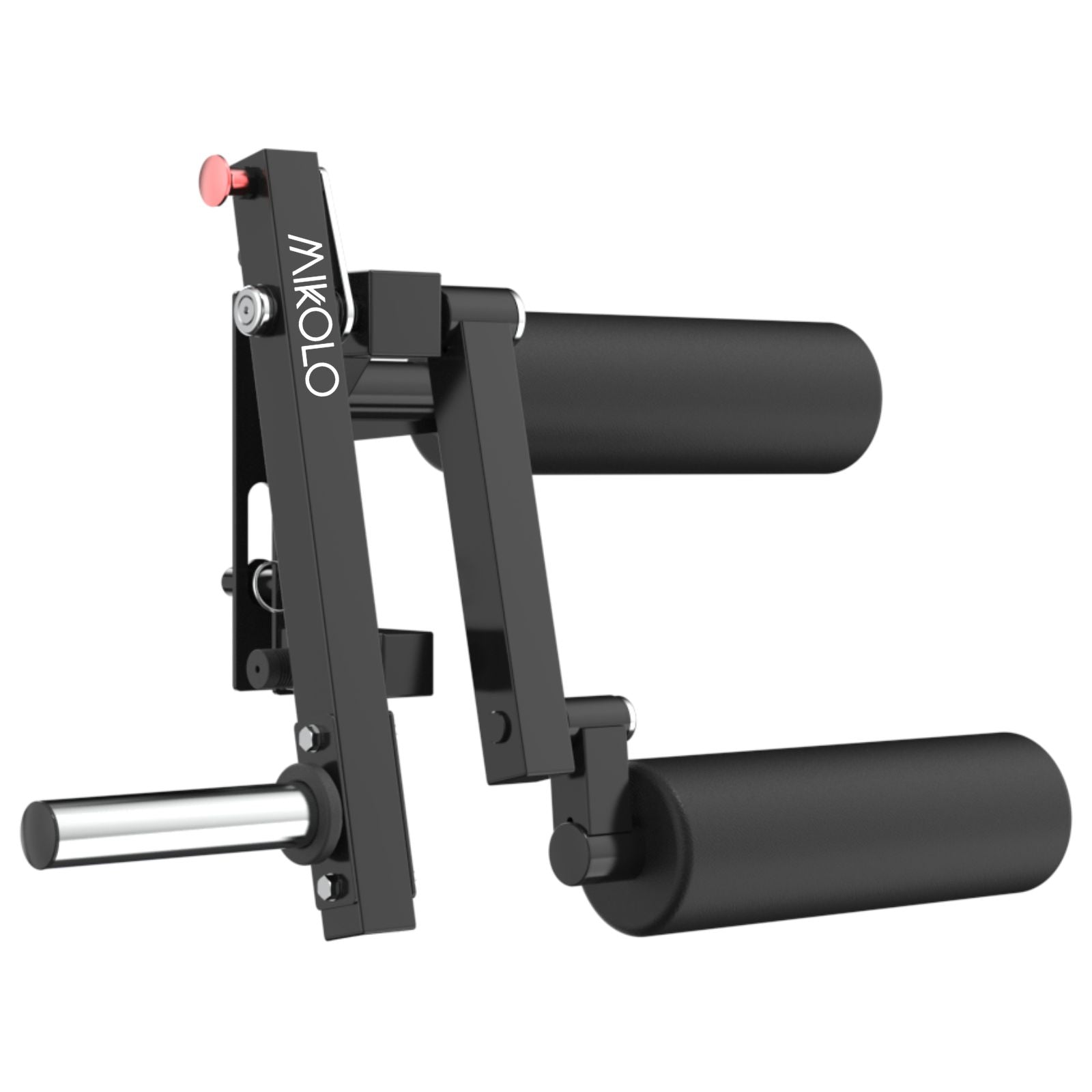



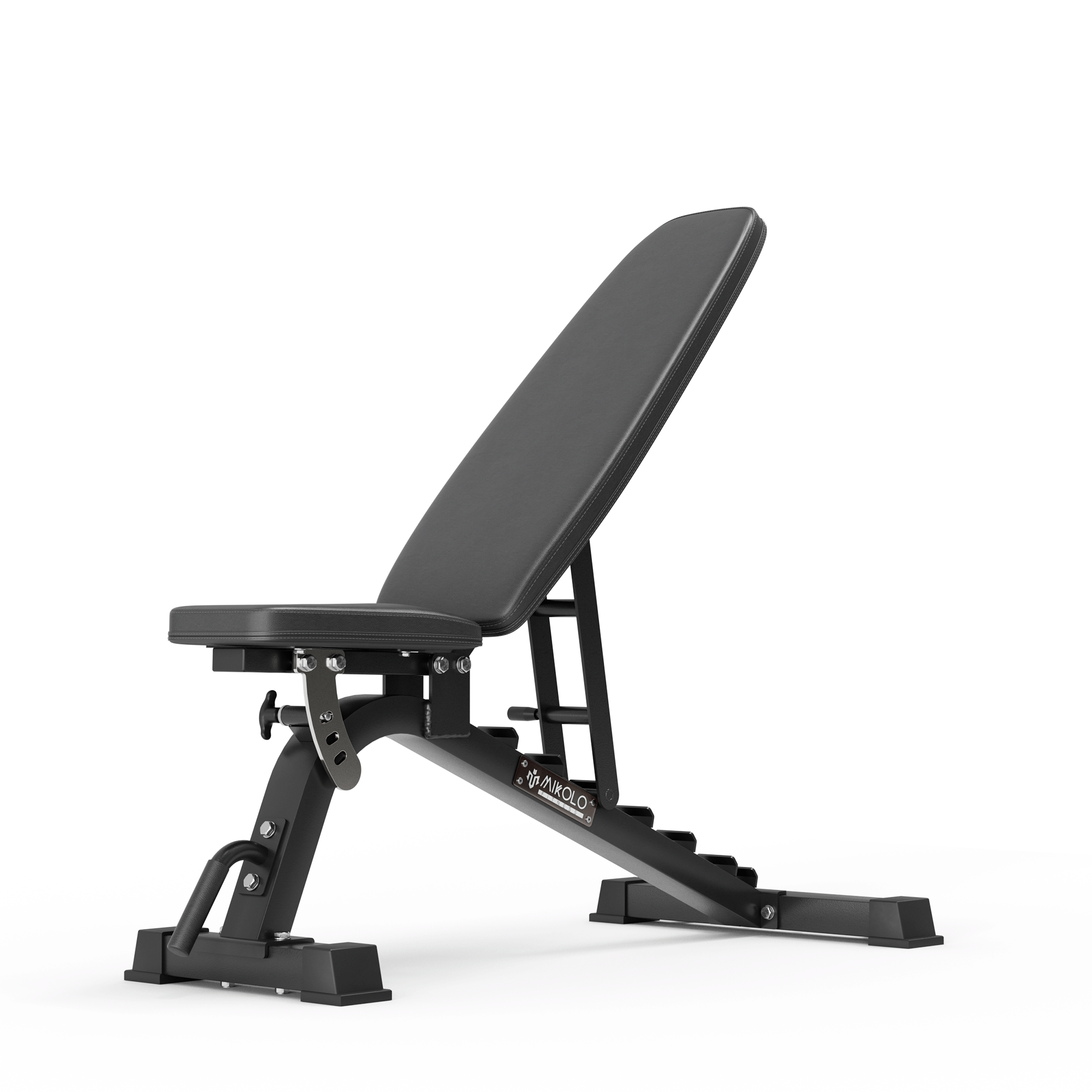

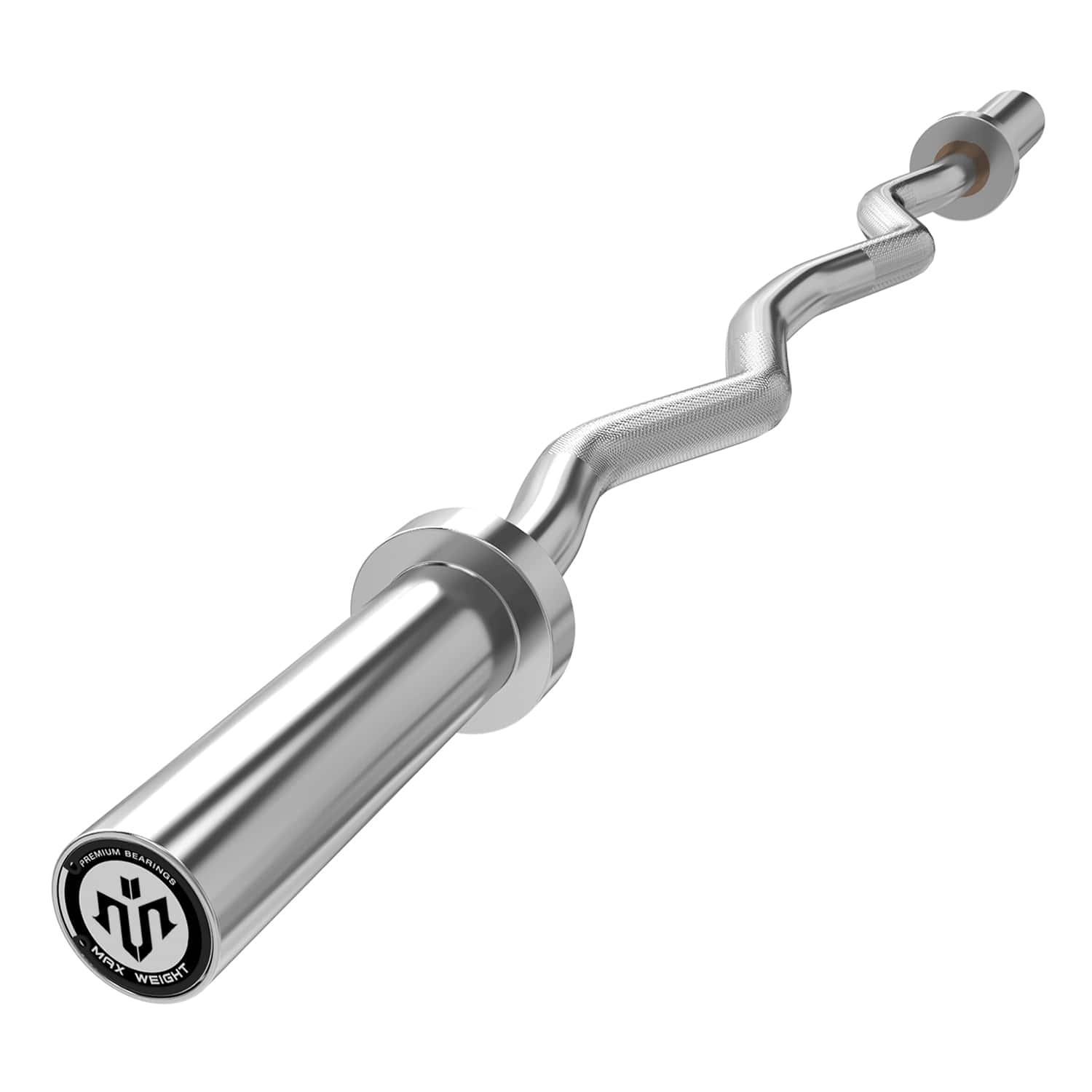
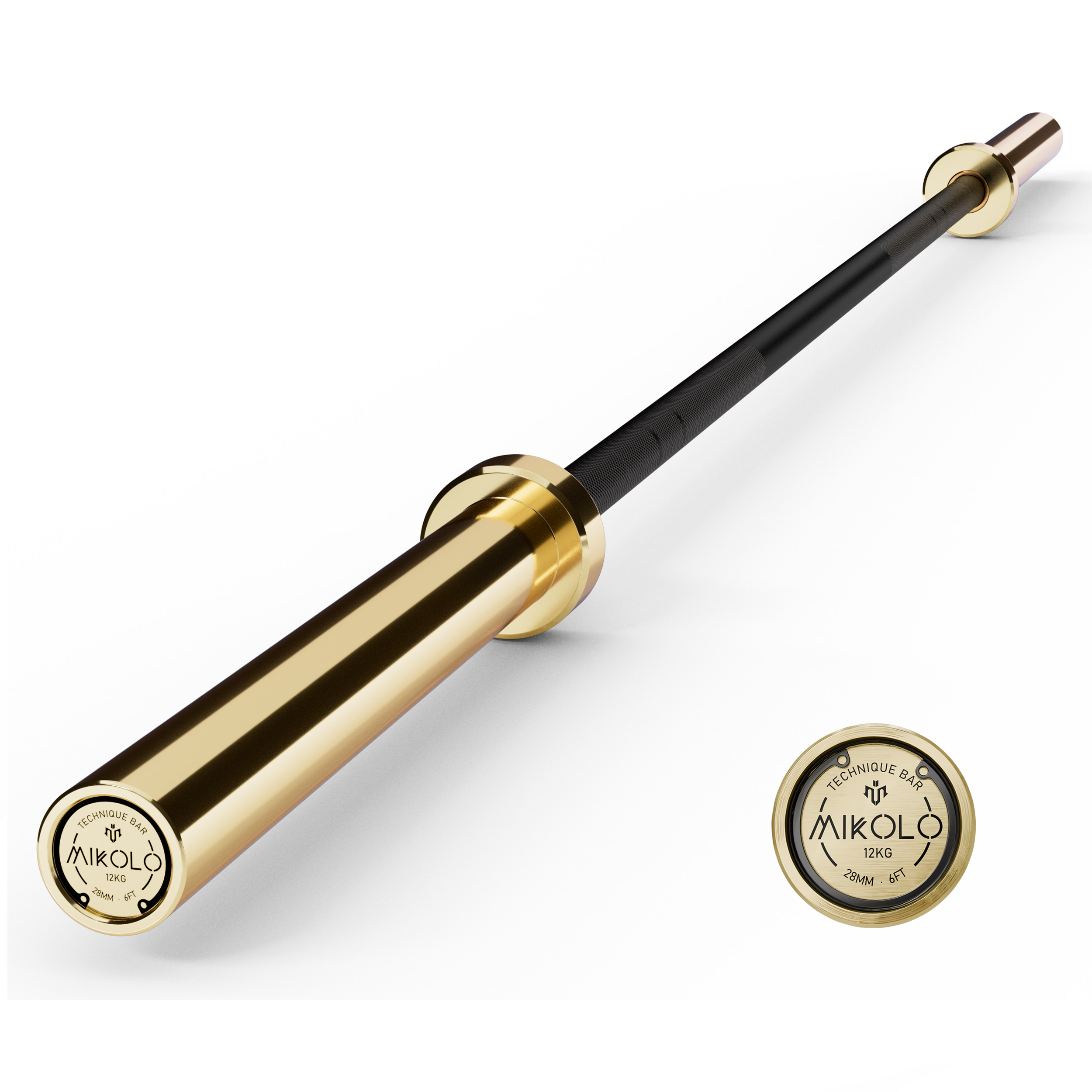

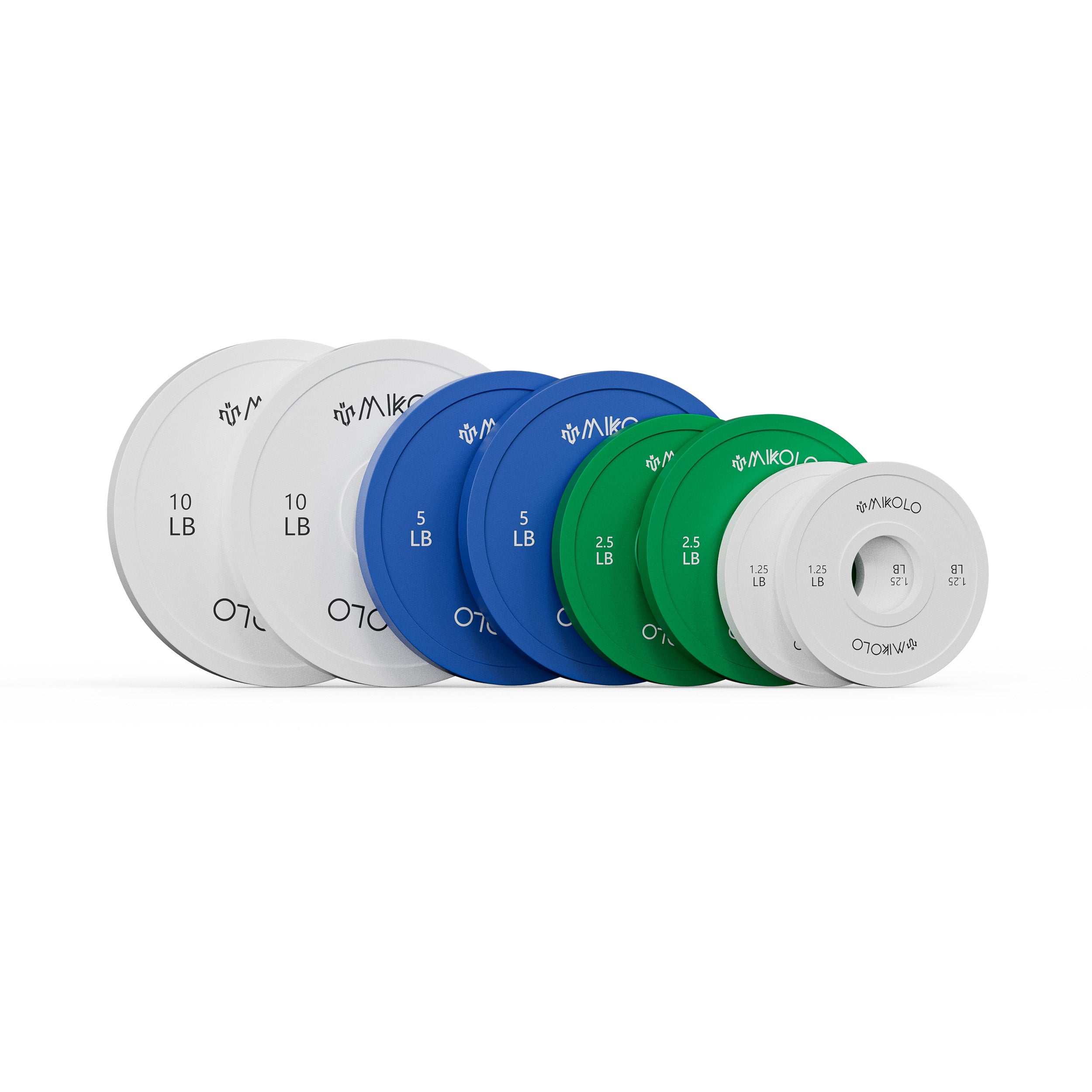
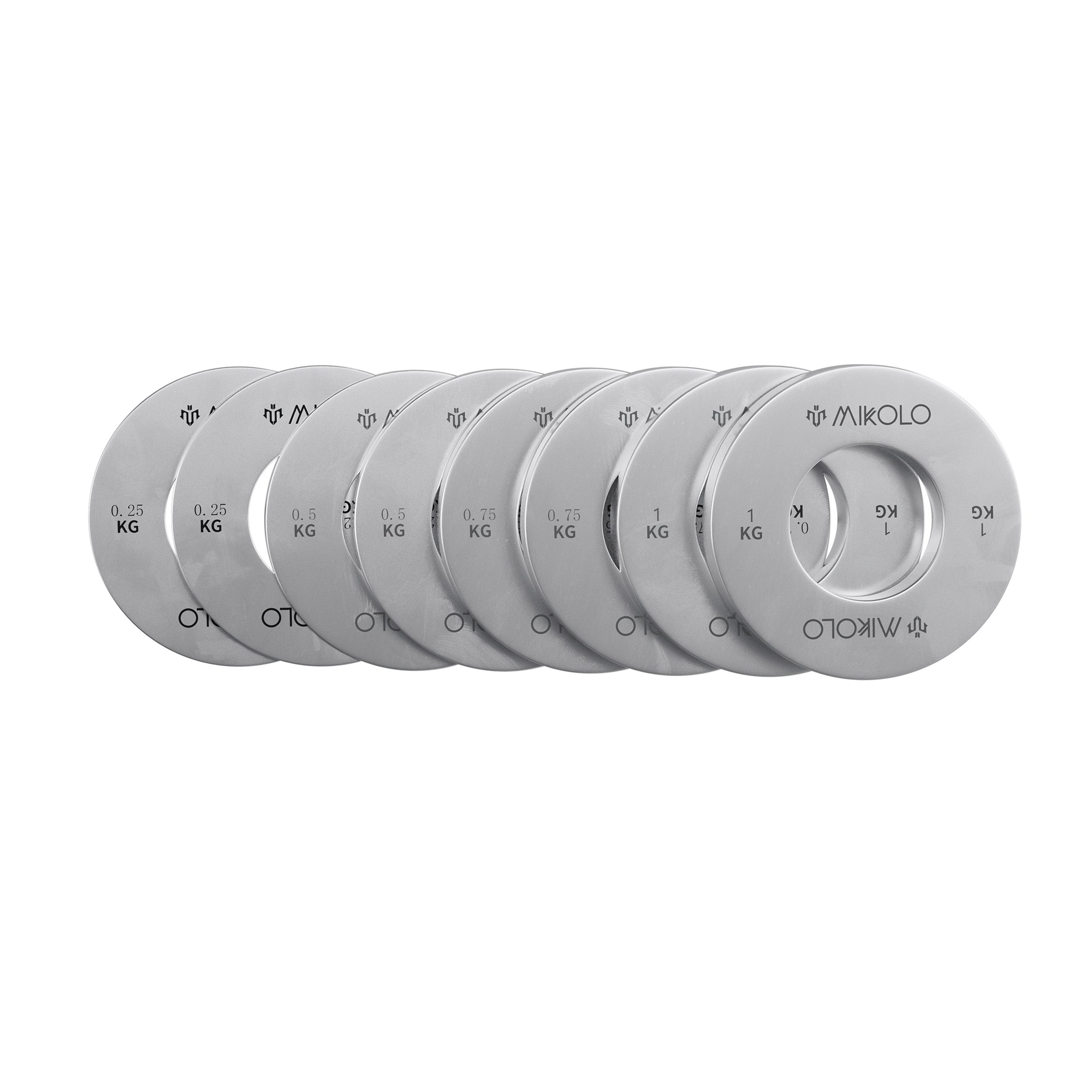



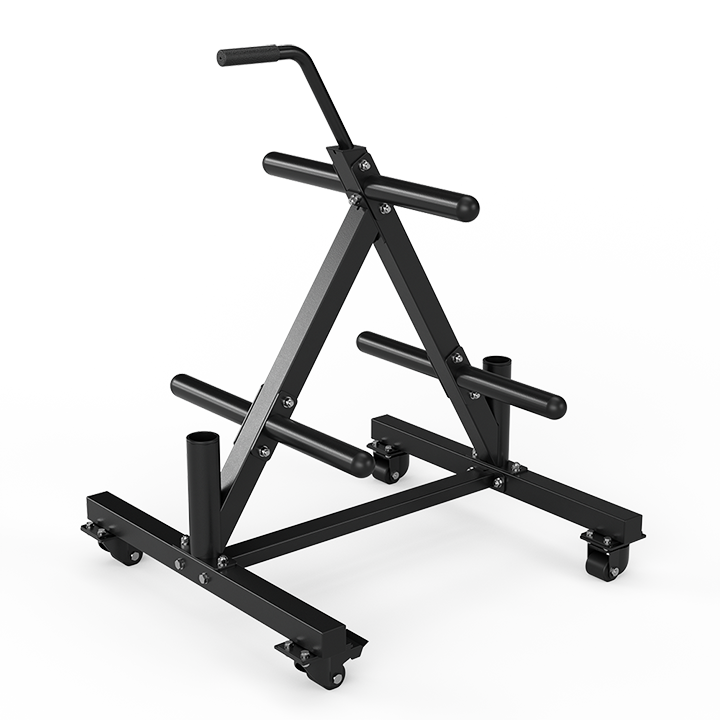

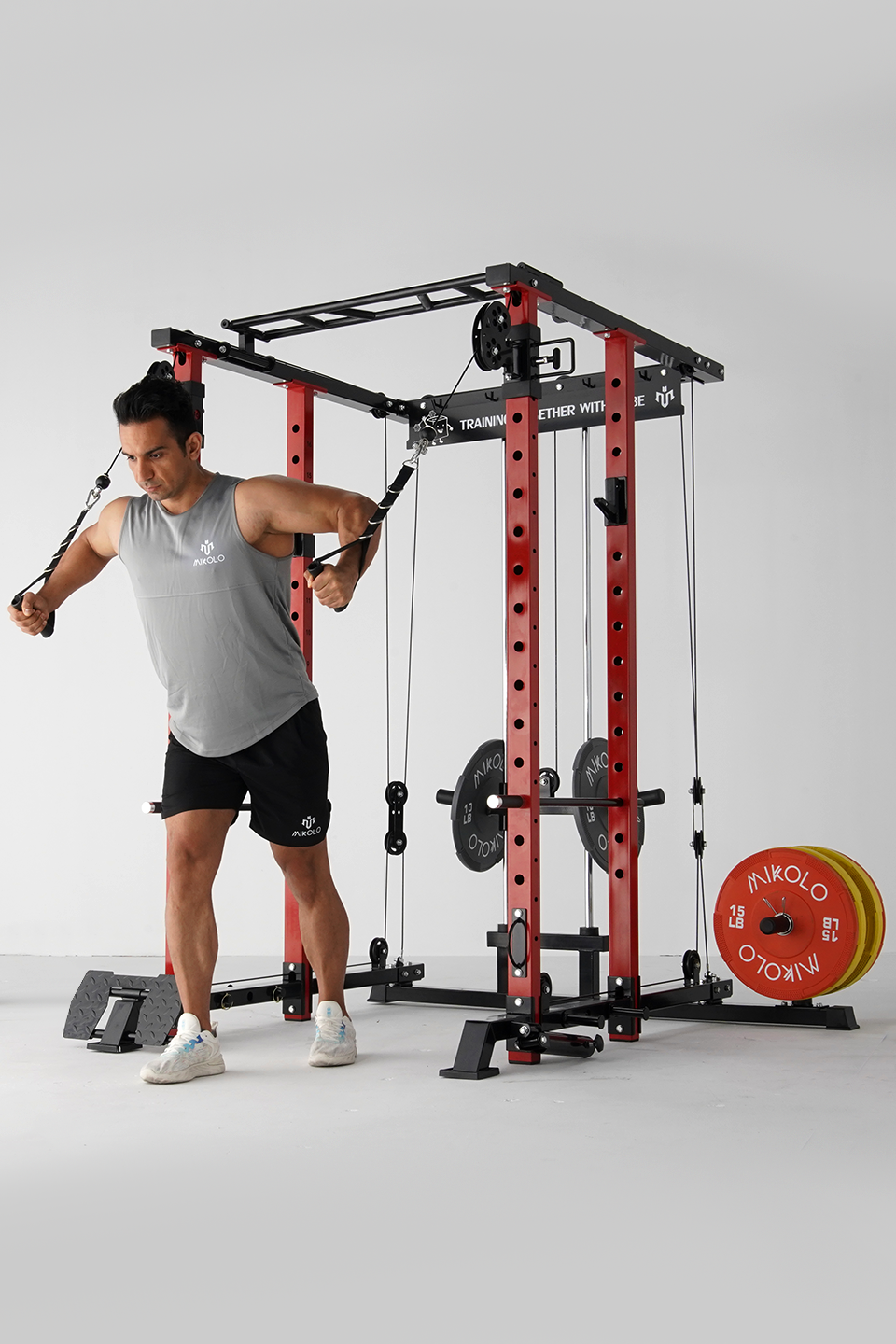



Leave a comment
This site is protected by hCaptcha and the hCaptcha Privacy Policy and Terms of Service apply.